Sand castings are a popular manufacturing process that has been in use for centuries. In essence, sand castings are made by pouring molten metal into a sand mold. The metal then cools and solidifies, resulting in a solid metal object. Sand castings are widely used in various industries such as automotive, aerospace, industrial machinery, art, and decorative pieces, and construction. Read More...
Impro Industries is globally recognized as a leading provider of sand castings. We have over 20 years of experience in creating high-end, geometrically complex sand castings from high-grade materials. We offer both machine and manual molding operations for resin sand casting, and we produce our parts in low or high volumes. We are dedicated to the quality of our work, ensuring the highest...
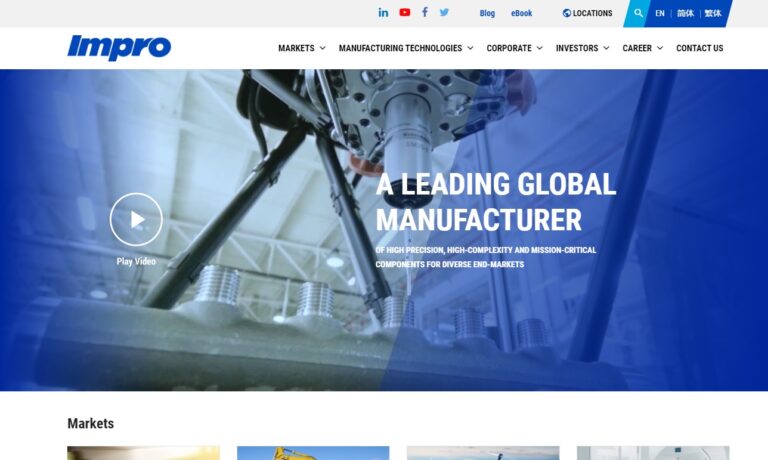
Modern Aluminum Castings offers customers full-service sand castings and related capabilities from design to delivery. We work with a large variety of metal options, making us your one-stop source. For your complete finishing needs we also offer heat treatments, coatings, machining and surface treatments such as vibratory finishes and shot blasting services.
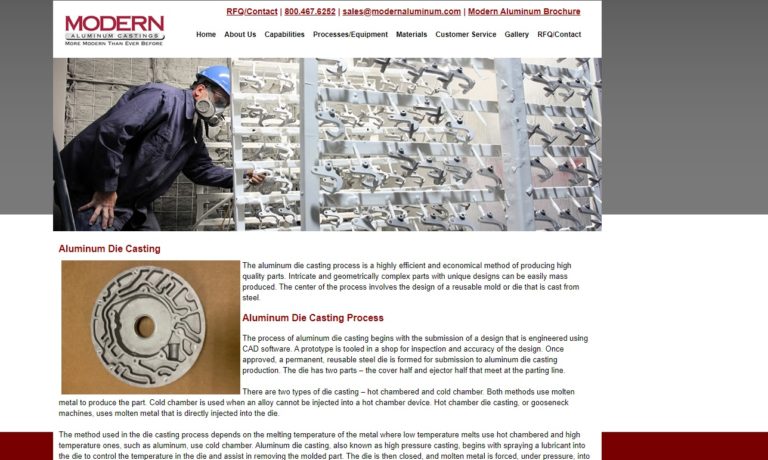
More Sand Casting Companies
The Sand Casting Process
The sand casting process involves creating a mold using a mixture of sand and a binding agent. This mixture is then compacted around a pattern of the object to be created. Once the pattern is removed, the mold is ready for the molten metal. The molten metal is poured into the mold and left to cool and solidify. Afterward, the mold is broken, and the solid metal object is revealed.
Variations of the Sand Casting Process
There are variations in the sand casting process, each with a specific application. The first process is green sand casting, where wet sand is used to create the mold. This is the most common method of sand casting and is suitable for simple and complex shapes. The second variation is dry sand casting, where dry sand is used to create the mold. This method is suitable for large and flat surfaces. The third process is vacuum sand casting, where a vacuum is used to fill the mold with molten metal. This method is suitable for high-precision casting. The fourth variation is shell molding, where a shell made of resin-coated sand is used to create the mold. This method is suitable for producing small and intricate parts.
Sand Casting Machines
Sand casting machines are used to make the process of creating sand castings more efficient. The machine consists of several components, including the flask, pattern, sprue, runner, gates, riser, and core. The flask is a box that holds the sand mold. The pattern is a model of the object to be created, which is used to make the mold. The sprue is a channel that allows the molten metal to flow into the mold. The runner is a channel that connects the sprue to the mold cavity. The gates control the flow of molten metal into the mold cavity. The riser is a reservoir that holds the excess molten metal. Finally, the core is a sand structure placed inside the mold to create cavities or holes.
Variations of Sand Casting Machines
There are variations in sand casting machines, each with a specific application. The first variation is the jolt squeeze molding machine, which uses a jolt and a squeeze to compact the sand mixture around the pattern. This method is suitable for small and medium-sized parts. The next variation is the sand slinging machine, which uses a rotating arm to fling the sand mixture onto the pattern. This method is suitable for large and flat surfaces. Another variation is the rotary sand casting machine, which uses a rotating table to create multiple molds simultaneously. This method is suitable for high-volume production.Finally, there are shell molding machines, which use a heated pattern to cure the resin and create a solid shell, making it suitable for producing small and intricate parts.
It is possible to correlate each of these types of sand casting machines with a specific sand casting process previously mentioned. For instance, jolt squeeze molding machines are commonly used for green sand casting. Sand slinging machines, on the other hand, are best suited for dry sand casting. Rotary sand casting machines, meanwhile, are often used in conjunction with vacuum sand casting. Finally, shell casting machines are specifically designed for shell molding.
Considerations Regarding Sand Castings
There are some considerations regarding sand castings. First, sand castings can have limited dimensional accuracy, resulting in parts that may require additional machining.Also, the surface finish may not be smooth, requiring additional finishing processes. Lastly, the sand casting process can have an environmental impact due to the use of sand and chemicals.
Benefits of Sand Castings
Despite these considerations, sand casting offers several benefits that make it a popular choice for producing metal parts. To begin with, it is a cost-effective way to produce metal parts as it requires relatively inexpensive materials and low-cost equipment. Sand casting is also versatile, allowing for the production of parts of various sizes and shapes, making it suitable for a wide range of applications. Meanwhile, sand casting allows for a high degree of customization and design flexibility, enabling the creation of parts with complex shapes and features. Additionally, sand casting also offers a relatively low lead time, making it an ideal choice for projects that require quick turnaround times. Furthermore, it is a relatively environmentally friendly process, as the molds can be made from natural materials and the sand can be reused multiple times. Finally, sand casting is a reliable and proven process that has been used for centuries, making it a trusted method for producing high-quality metal parts.
Applications of Sand Castings
Due to these benefits, sand castings have various applications in different industries. In the automotive industry, for example, sand castings are used to produce engine blocks, cylinder heads, and transmission cases. In the aerospace industry, meanwhile, sand castings are used to create complex components such as turbine blades and engine casings. Additionally, the industrial machinery industry uses sand castings to produce gears, pulleys, and other components. Furthermore, sand castings are used to create sculptures, plaques, and other ornamental pieces in the art world. Finally, sand castings are used to produce pipes, valves, and fittings for the construction industry.
Choosing a Proper Sand Casting Equipment Manufacturer
To ensure you have the most positive outcome when purchasing sand casting equipment from a sand casting equipment manufacturer, it is important to compare several companies using our directory of sand casting equipment manufacturers. Each sand casting equipment manufacturer has a business profile page highlighting their areas of experience and capabilities, along with a contact form to directly communicate with the manufacturer for more information or to request a quote. Review each sand casting equipment manufacturer using our patented website previewer to quickly learn what each company specializes in. Then, use our simple RFQ form to contact multiple sand casting equipment companies with the same form.


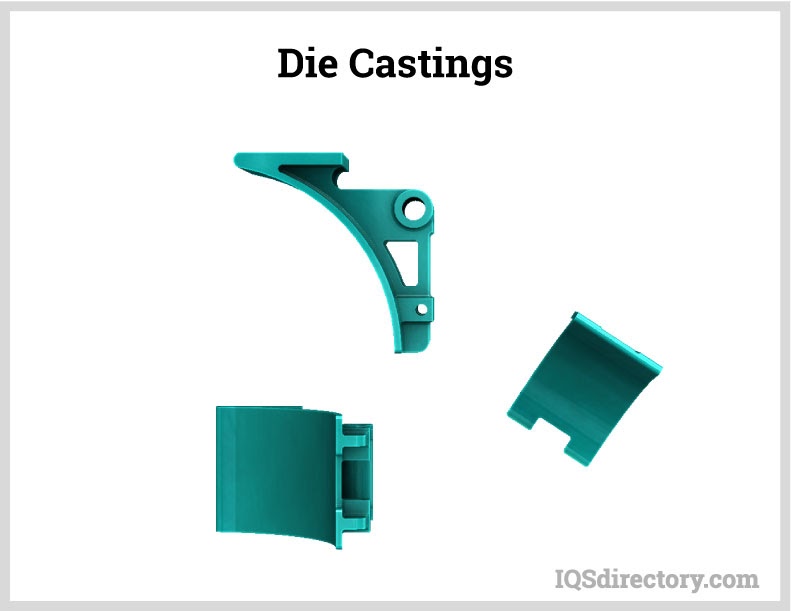
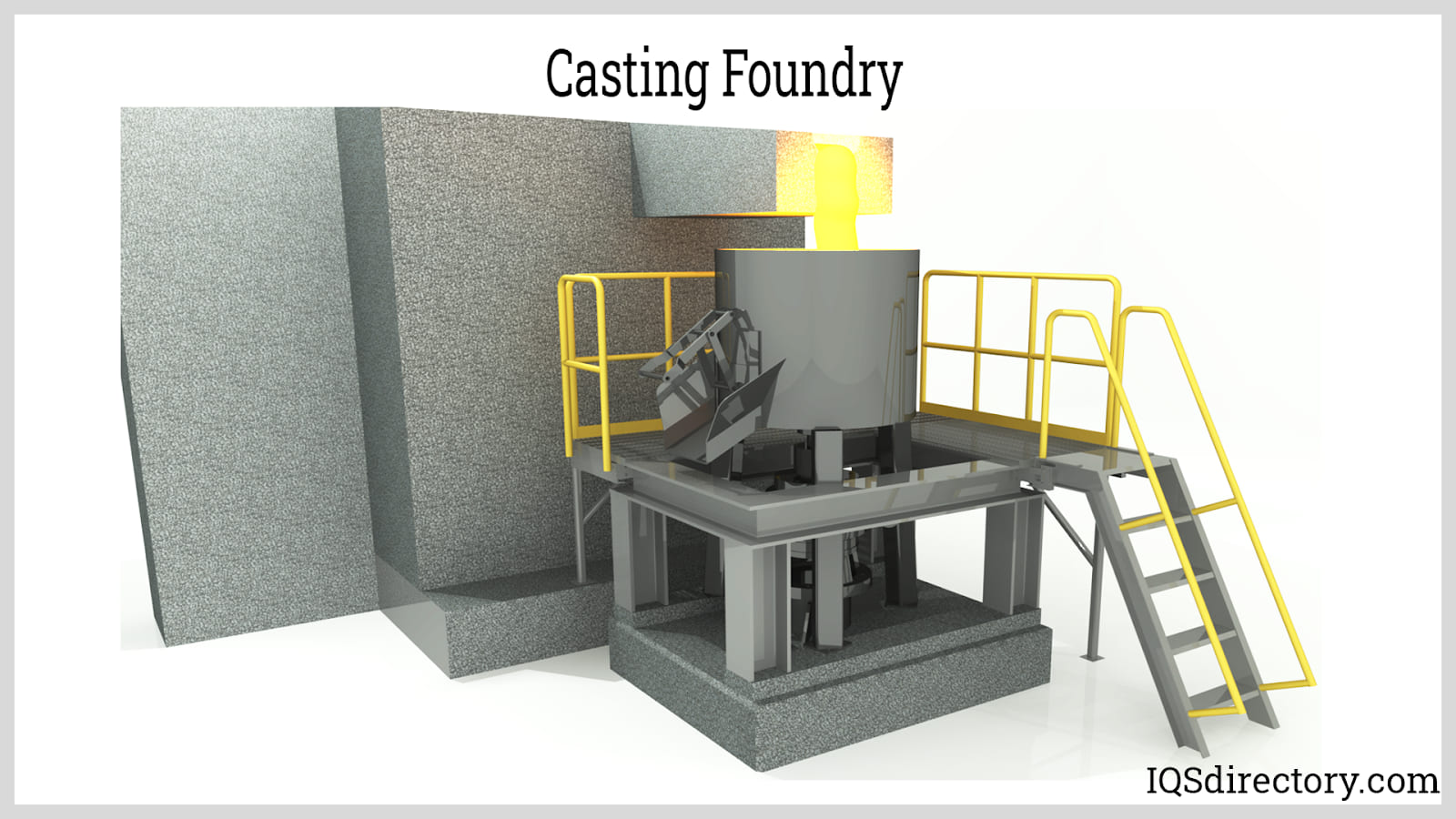
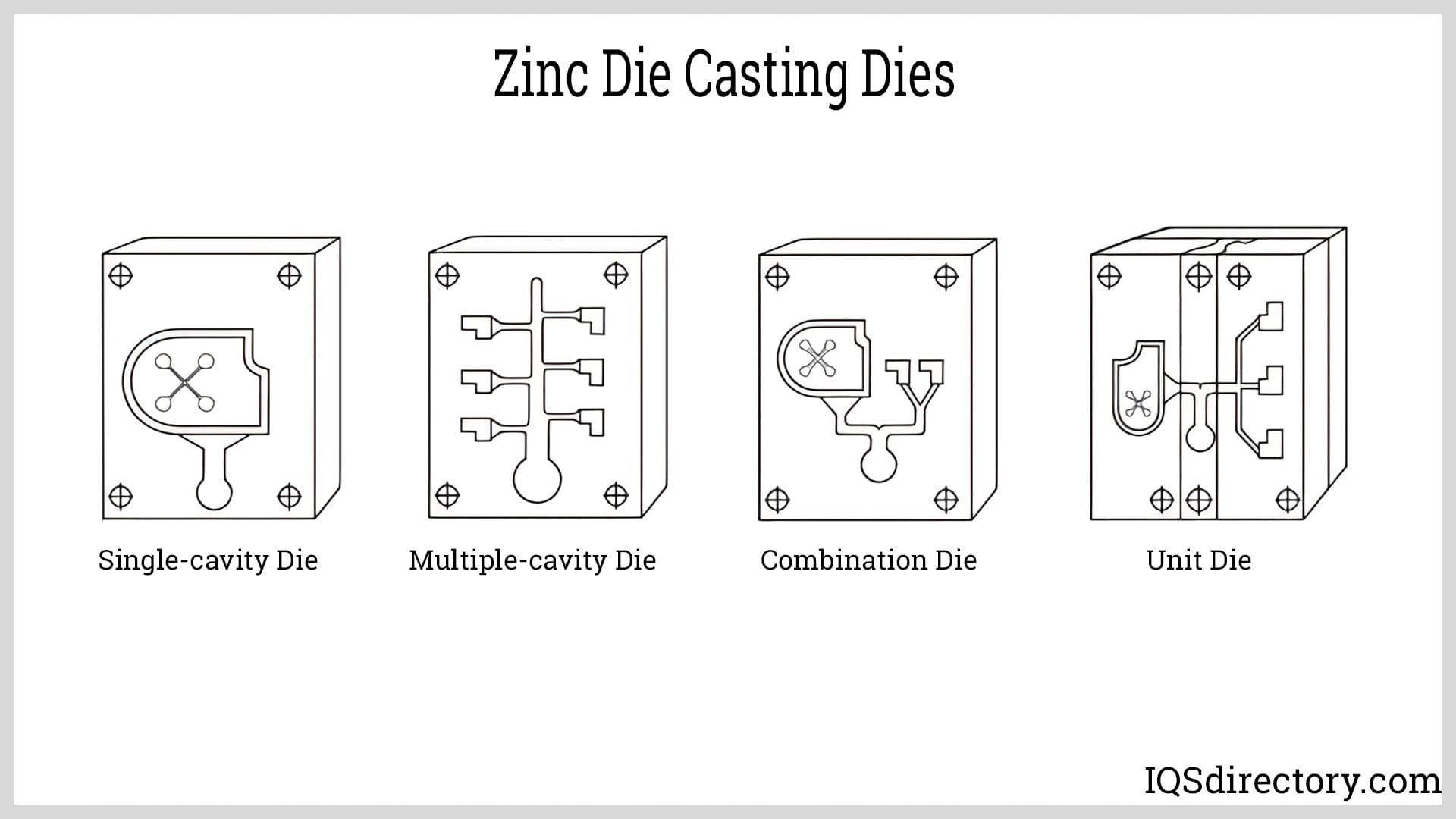
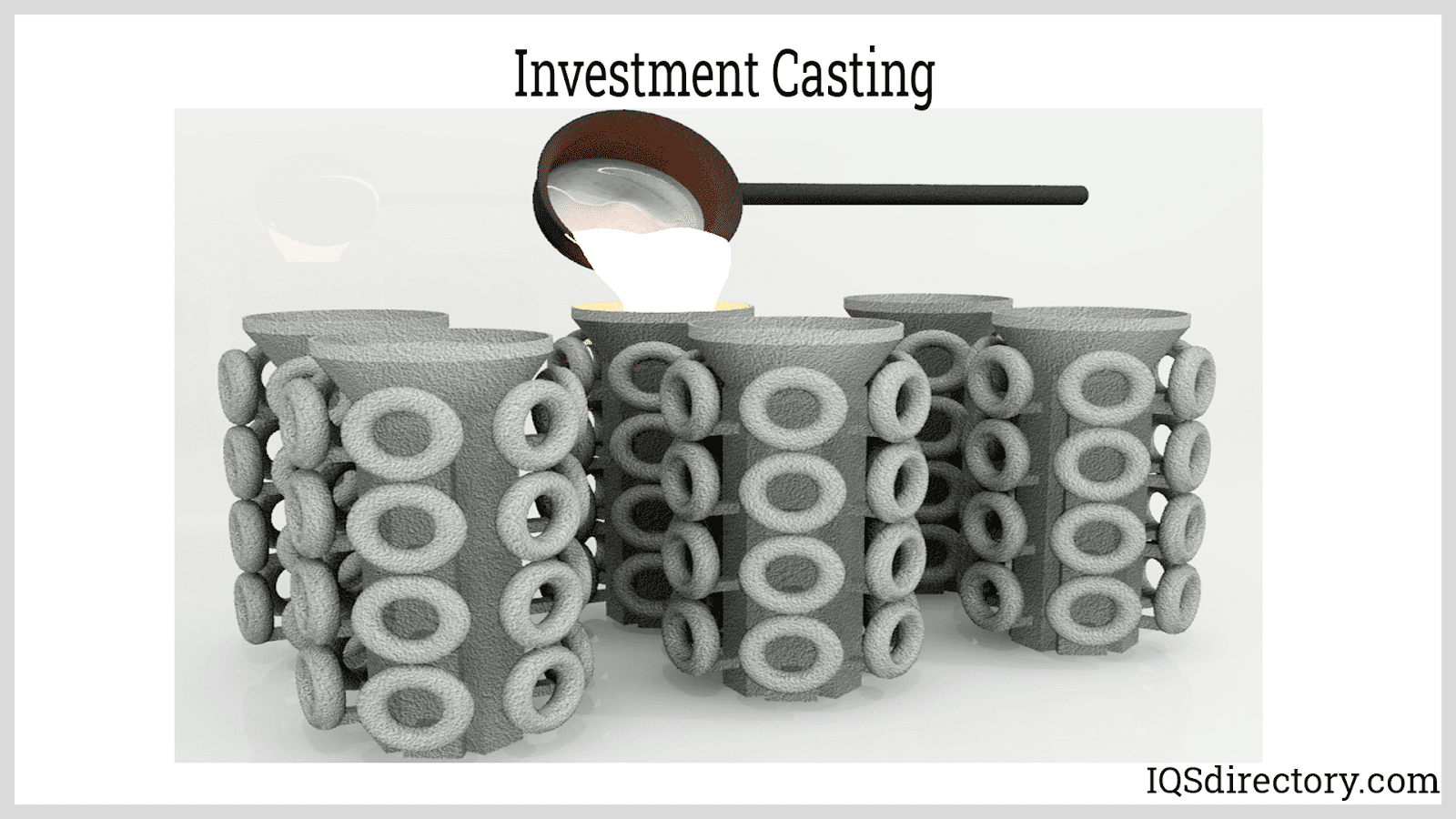
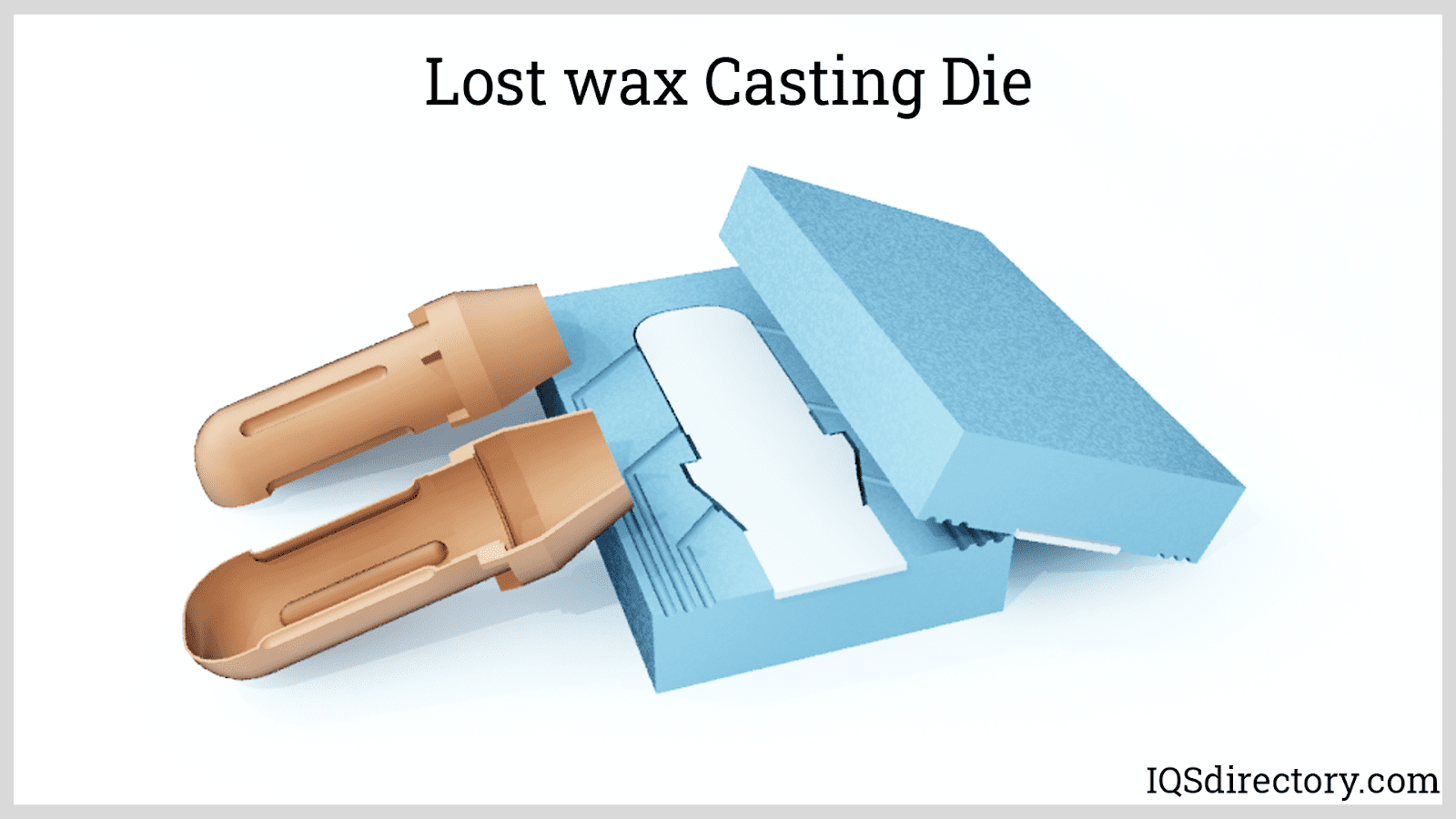
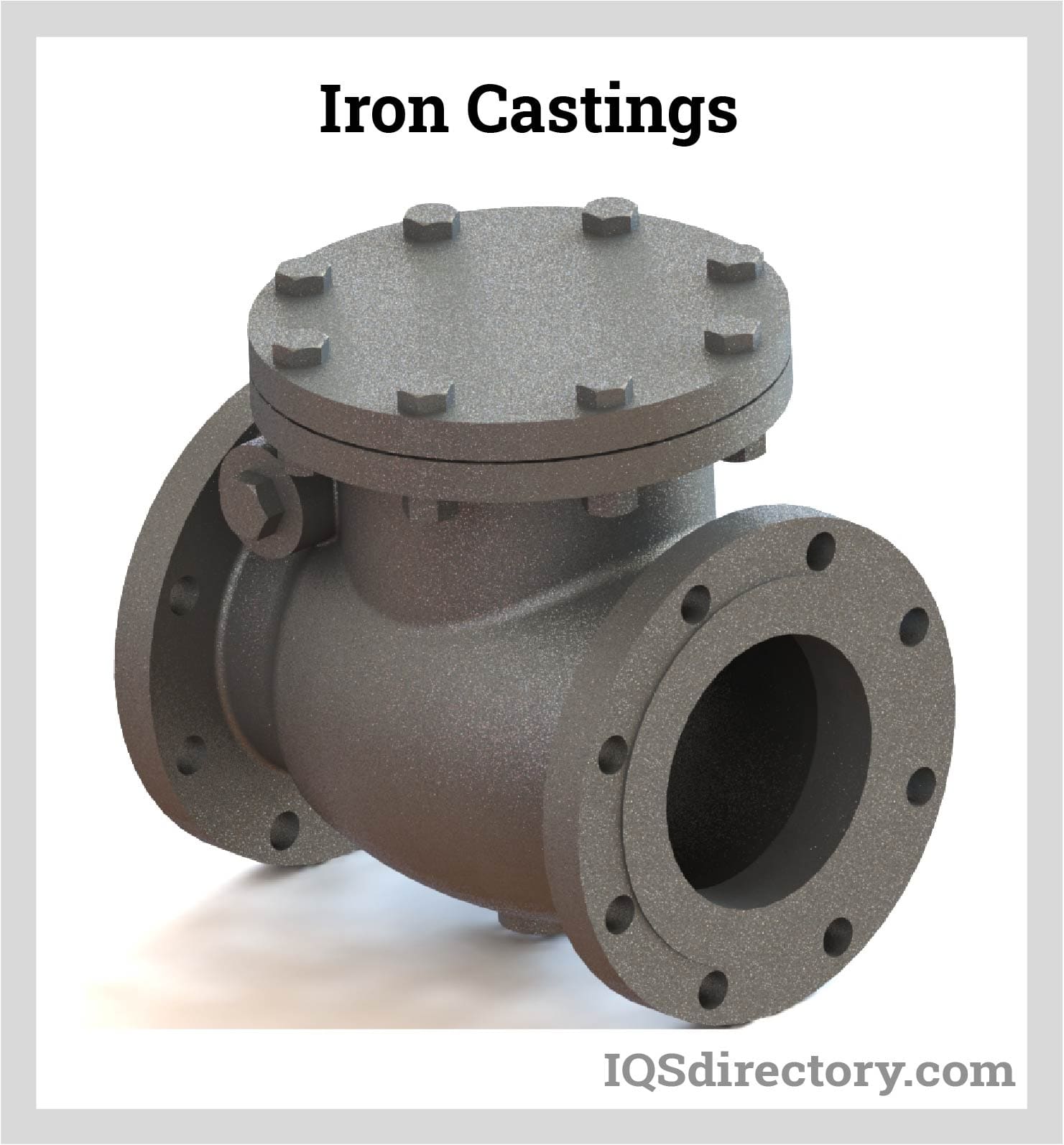
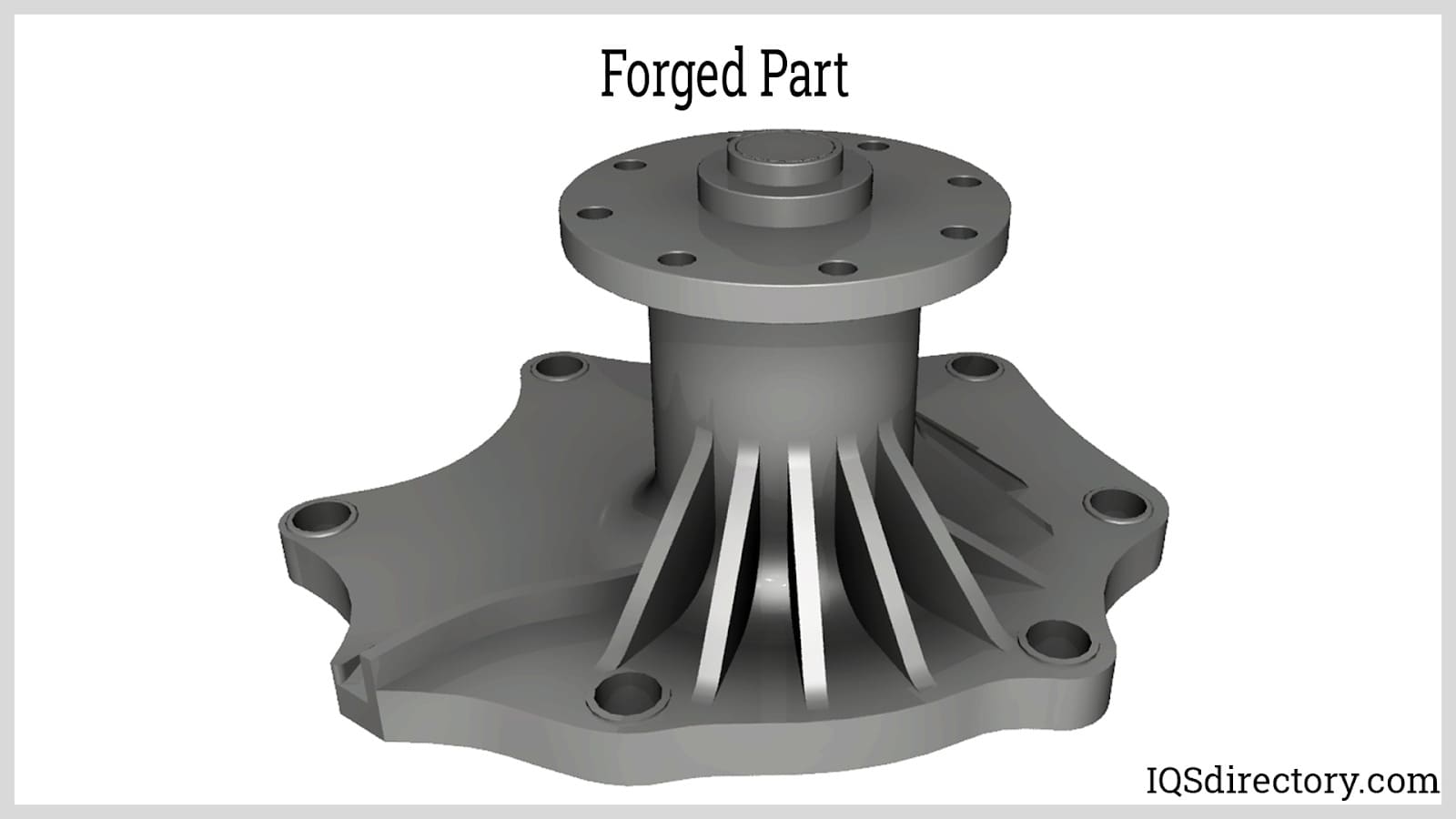
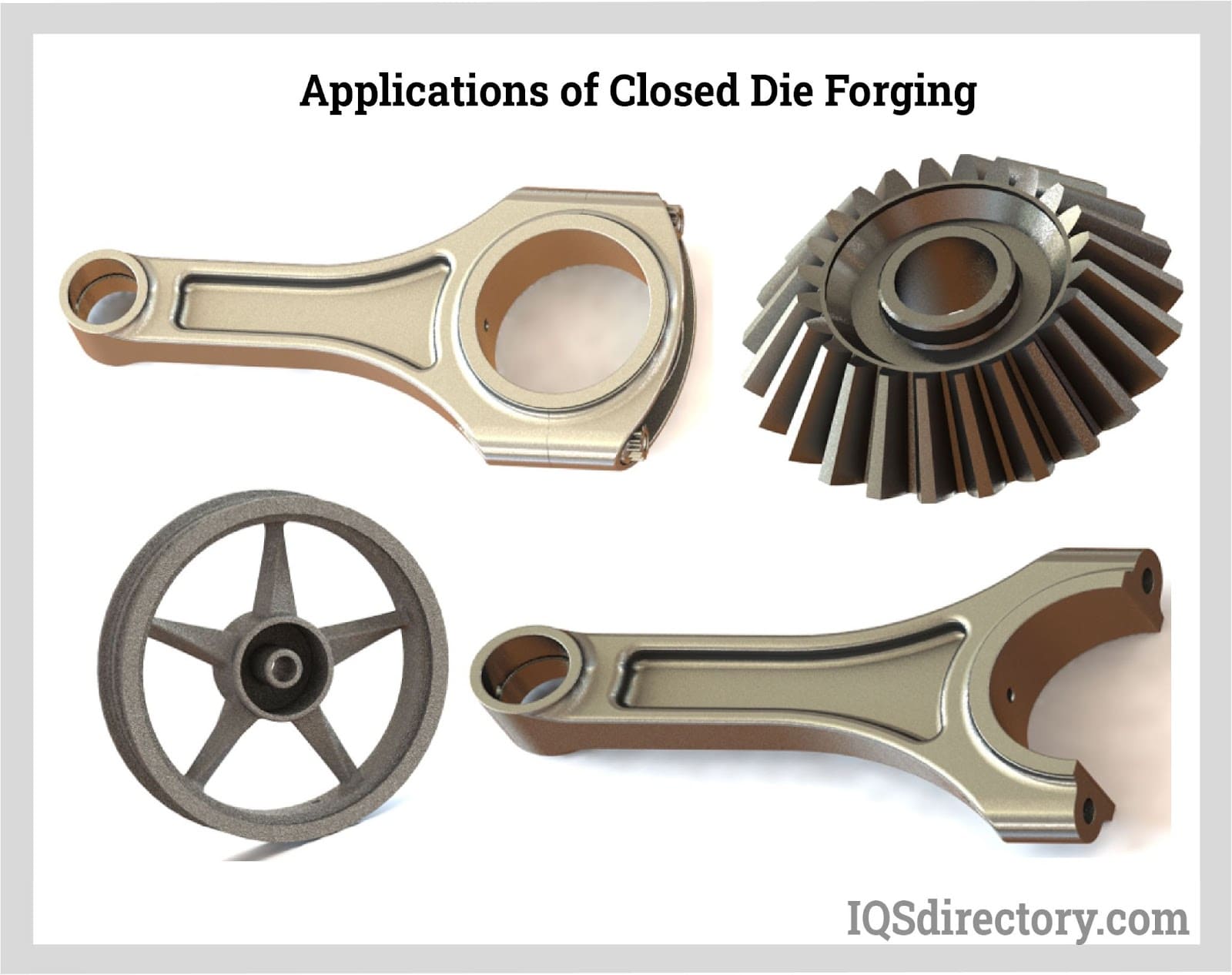
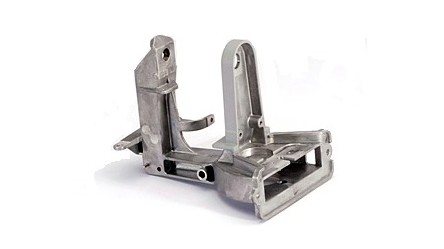 Die Castings
Die Castings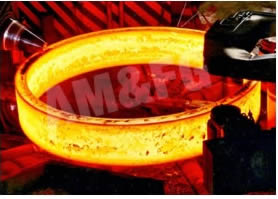 Forgings
Forgings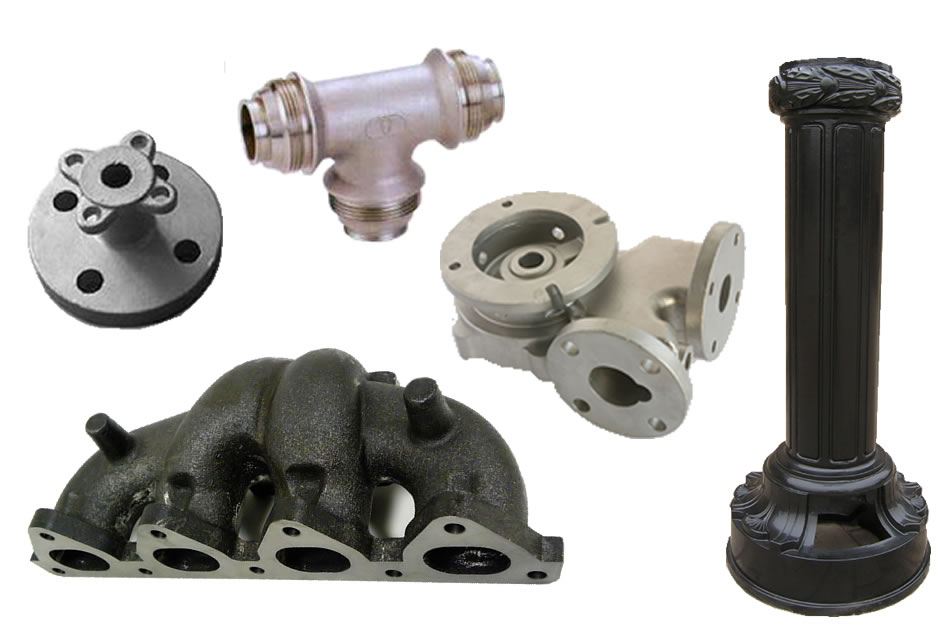 Grey Iron Castings
Grey Iron Castings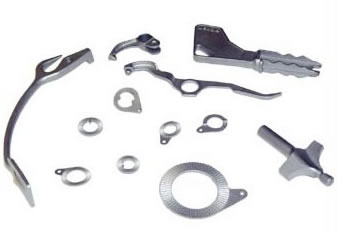 Investment Castings
Investment Castings Castings & Forgings
Castings & Forgings Bulk Material Handling
Bulk Material Handling Electrical & Electronic Components
Electrical & Electronic Components Flow Instrumentation
Flow Instrumentation Hardware
Hardware Material Handling Equipment
Material Handling Equipment Metal Cutting Services
Metal Cutting Services Metal Forming Services
Metal Forming Services Metal Suppliers
Metal Suppliers Motion Control Products
Motion Control Products Plant & Facility Equipment
Plant & Facility Equipment Plant & Facility Supplies
Plant & Facility Supplies Plastic Molding Processes
Plastic Molding Processes Pumps & Valves
Pumps & Valves Recycling Equipment
Recycling Equipment Rubber Products & Services
Rubber Products & Services